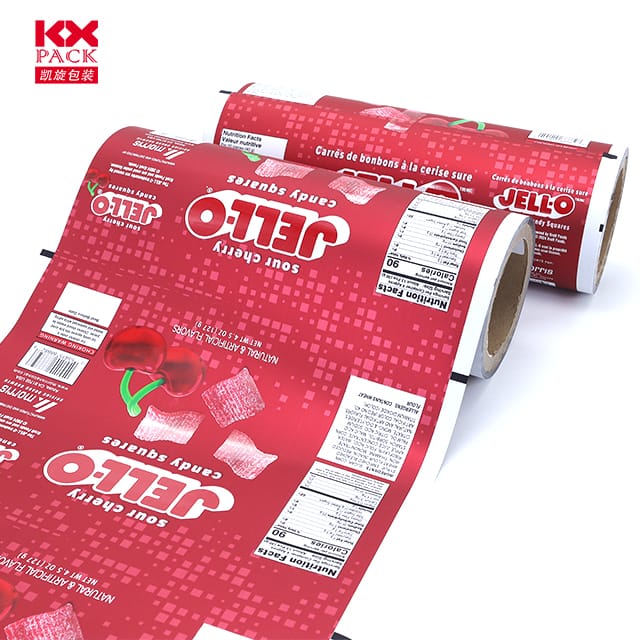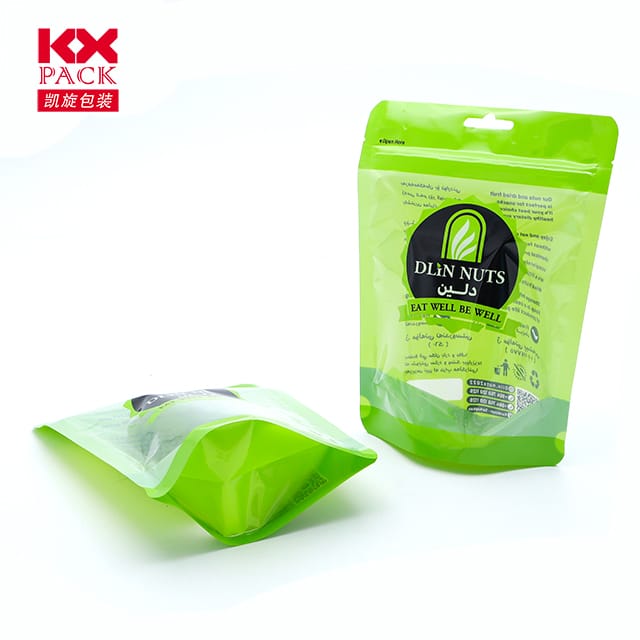La guida definitiva per avvolgere il film per il cibo: Sicurezza, Sostenibilità, e spazio di archiviazione intelligente
Film di avvolgimento per il cibo
In kitchens worldwide, Film di avvolgimento per il cibo (noto anche come pellicola cling, Involucro di plastica, o avvolgimento del cibo) è uno strumento umile ma indispensabile. Sia che tu stia preservando gli avanzi, preparare i pasti in anticipo, o mantenere gli ingredienti freschi, Il film di avvolgimento giusto può fare la differenza. Ma con crescenti preoccupazioni sui rifiuti di plastica e sulla sicurezza chimica, how do you choose the best option? Let’s unravel the facts about food wrapping films and discover how to use them wisely for a healthier planet and pantry.
1. What Is Wrapping Film for Food?
La pellicola per avvolgere gli alimenti è sottile, flexible plastic sheet designed to create an airtight seal around food items. Its primary purposes include:
- Preventing spoilage by blocking air and moisture.
- Avoiding cross-contamination between foods.
- Maintaining flavor and texture in stored items.
Most commercial films are made frompolietilene (PE), a safe and widely recycled plastic. Tuttavia, some older or cheaper varieties may containpolivinil cloruro (PVC), which can leach harmful chemicals like phthalates—especially when heated.
2. Types of Food Wrapping Films: Which One to Choose?
Not all Film di avvolgimento per il cibo are created equal. Here’s a breakdown of common options:
UN. Standard Plastic Wrap (PE-Based)
- Pro: Conveniente, trasparente, and clings well to surfaces.
- Contro: Single-use and not always recyclable.
- Best for: Short-term storage of dry or cool foods (PER ESEMPIO., sandwiches, cheese).
B. PVC-Free Wrap
- Pro: Safer for health (no phthalates), often thicker and more durable.
- Contro: Slightly pricier than standard options.
- Best for: Families with children or those avoiding synthetic chemicals.
C. Biodegradable/Compostable Wrap
- Pro: Made from plant-based materials (PER ESEMPIO., cornstarch), breaks down naturally.
- Contro: Less clingy, may not seal as tightly; often requires industrial composting.
- Best for: Eco-conscious households willing to pay a premium.
D. Reusable Silicone Food Covers
- Pro: Washable, durevole, and heat-resistant (safe for microwaves/ovens).
- Contro: Bulkier than plastic wrap; not ideal for wrapping irregular shapes.
- Best for: Covering bowls, pans, or large produce items.
3. How to Use Wrapping Film Safely and Effectively
- Avoid Microwaving Plastic Wrap: Il calore può causare la penetrazione di sostanze chimiche negli alimenti. Use microwave-safe covers or switch to silicone.
- Don’t Reuse Single-Use Film: Torn or stretched wrap loses its seal and may harbor bacteria.
- Wrap Food Tightly: Press the film directly onto the food’s surface to minimize air exposure.
- Store Properly: Keep film in a cool, dry place away from sunlight to prevent degradation.
4. Eco-Friendly Alternatives to Traditional Plastic Wrap
Concerned about plastic pollution? Try these sustainable swaps:
- Impacchi di cera d'api: Reusable, compostabile, and perfect for wrapping cheese, bread, or veggies.
- Coperture in tessuto: Lightweight cotton or linen wraps with a waterproof lining.
- Contenitori in vetro: Airtight and infinitely reusable (great for meal prep).
- Aluminum Foil: Recyclable and heat-resistant, though not as transparent as plastic.
5. Il futuro del confezionamento degli alimenti: Innovations to Watch
The packaging industry is evolving rapidly to meet sustainability demands. Expect to see:
- Edible Films: Made from seaweed or starch, these wraps can be eaten or composted.
- Smart Packaging: Films embedded with sensors to detect food freshness or spoilage.
- Water-Soluble Wraps: Dissolve harmlessly in water, ridurre gli sprechi.
Conclusione: Wrap Smart, Live Greener
Wrapping film for food is a kitchen staple, but its environmental impact demands mindful choices. By opting for PVC-free, biodegradabile, or reusable alternatives, you can keep your food fresh while protecting the planet. Remember: the best wrap isn’t always plastic—sometimes, innovation and creativity offer safer, smarter solutions.
Ready to rethink your food storage? Share your favorite eco-friendly wrapping hacks or tag a friend who’s trying to reduce plastic use! 🌱🍴
Parole chiave: wrapping film for food, Involucro di plastica, cling film, food storage, imballaggio sostenibile, eco-friendly kitchen







